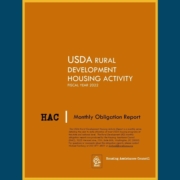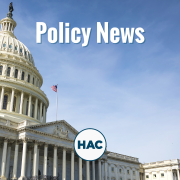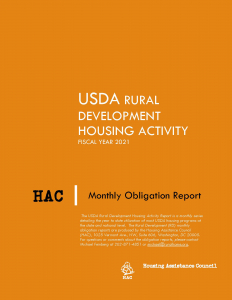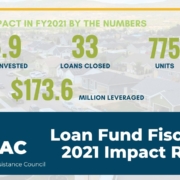As of the end of February, USDA obligated 39,285 loans, loan guarantees, and grants totaling about $7.0 billion. This is $3.3 billion less than obligation levels from this time last year. At that time, there were 60,232 loans, loan guarantees, and grants obligated totaling $10.3 billion.
The agency has been operating under a series of continuing resolutions since the beginning of the fiscal year.
Single Family Housing Program Highlights
The Section 502 Guaranteed loan program, the largest of the Single Family Housing programs, obligated $6.6 billion (35,862 loan guarantees) compared to $9.9 billion (56,221 loan guarantees) last year.
For the Section 502 Direct program, loan obligations totaled $324.5 million (1,678 loans), compared to last year’s obligation level of $356.8 million (1,965 loans.) About 27 percent of the loan dollars went to Very Low-income (VLI) applicants. VLI loans represented nearly 32 percent of the total number of Section 502 Direct loans.
The Section 504 Repair and Rehabilitation programs obligated 638 loans representing $4.1 million. Loan volume was up from this time last year (750 loans representing $4.3 million.) There were also about $7.0 million (1,052 grants) obligated in the Section 504 grant program compared to $7.9 million (1,245 grants) last year.
USDA’s Section 523 Self Help Housing Grant program funded 8 grants totaling $10.8 million compared to last year’s 6 grants totaling $3.7 million.
Multi-Family Housing Program Highlights
USDA’s Section 538 Multifamily Housing obligated 29 loan guarantees totaling $76.7 million compared to last year’s 35 loan guarantees ($68.4 million.) The Farm Labor Housing programs funded 4 loans and 1 grant totaling $5,120,000 and $4,000,000 respectively. There were no Farm Labor Housing loans or grants at this time last year. There have been no other loan or grant obligations so far this year
USDA obligated funds for 40,063 rental assistance units under the Section 521 Rental Assistance program totaling $238.7 million. This compares to about 38,592 units ($219.6 million) obligated same time last year. There were also 2,898 Rural Housing Vouchers totaling $14.1 million compared to 1,939 vouchers representing $9.6 million this time last year.
Download the combined document.
* The Rural Housing Service (RHS) monthly obligation reports are produced by the Housing Assistance Council (HAC) 1025 Vermont Ave., NW, Suite 606, Washington, DC 20005. The monthly figures derive from HAC tabulations of USDA –RHS 205c, d, and f report data. For questions or comments about the obligation reports, please contact Michael Feinberg at 202-842-8600 or michael@ruralhome.org.







